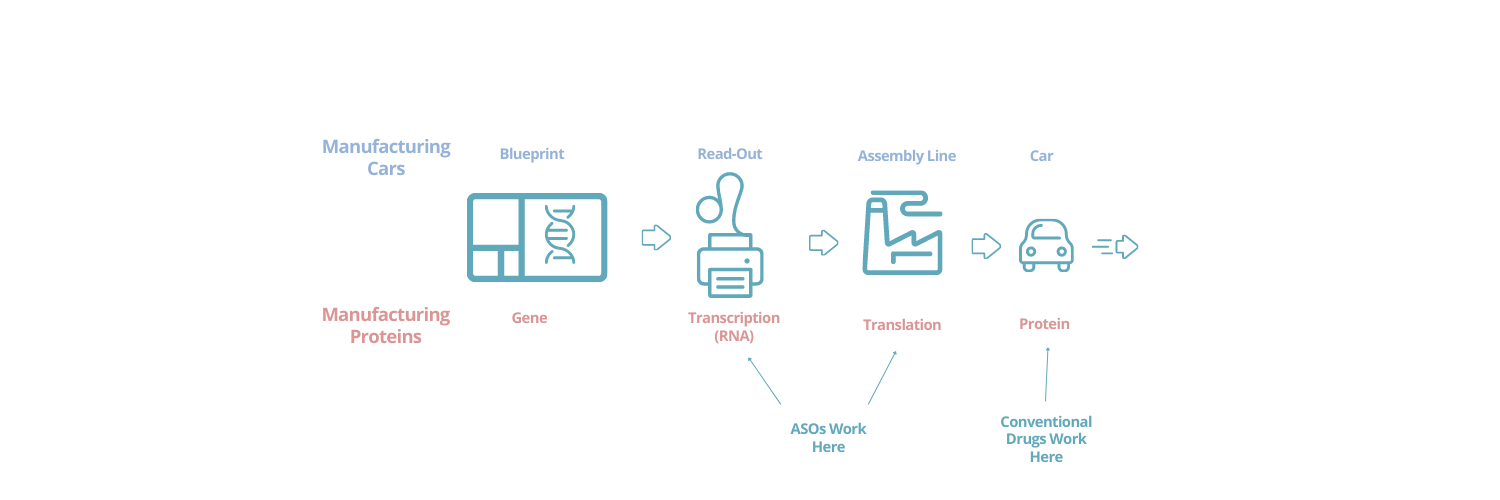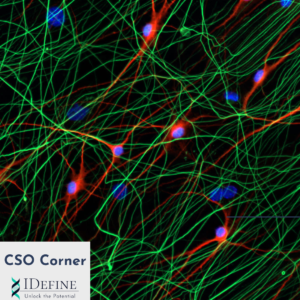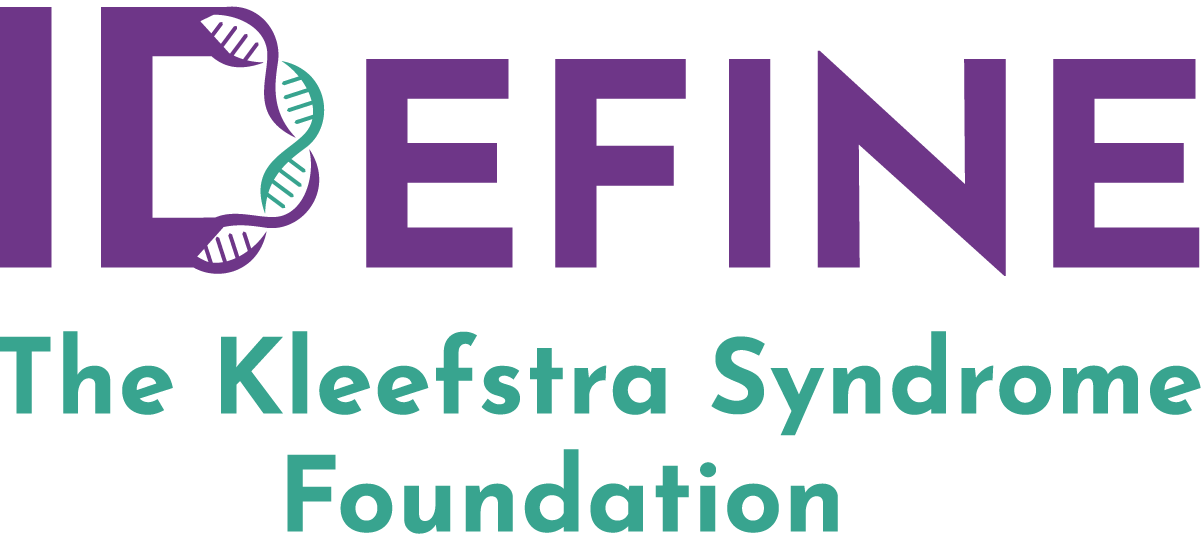CSO Corner Volume 6: ASOs Part 2

Hello fellow members of our KS family!
For this newsletter, I’d like to return to antisense oligonucleotides, or “ASOs”. If you haven’t read my previous article, please read Volume 5 for an introduction to this technology.
 First, I’ll re-state the key takeaway from my previous article about ASOs: they make it possible to actually go right at the underlying genetic cause of a disorder. But how could they do that? To get at this question, I’ll continue with the analogy to the manufacturing of cars that I used in Volume 5.
First, I’ll re-state the key takeaway from my previous article about ASOs: they make it possible to actually go right at the underlying genetic cause of a disorder. But how could they do that? To get at this question, I’ll continue with the analogy to the manufacturing of cars that I used in Volume 5.
Recall that without intact blueprints, cars cannot be made properly. And without intact genes, proteins cannot be made properly. But there are a lot of complex steps when genes are read (transcribed) and converted to protein (translated). ASOs can interact with these steps, and change the outcome. In the car analogy, they are like a skilled assembly line technician who comes in and carefully enforces a change in the manufacturing steps every time the blueprint is read. So even with a bad blueprint, the car can come out with all the right parts in the right places.
To get into the details of how this actually works, we will need to get a bit further into what happens when a gene is transcribed. In this process, an RNA molecule is created that is a copy of the gene. So the cell machinery just reads the RNA to create the protein, right? Not so fast. In reality, the gene contains the information for the protein (called the exons), but mixed in with a lot of other information that must be removed (the introns). This process of removal is called RNA “splicing” because it involves cutting out the unneeded introns and assembling the exons that are needed to make the actual protein (returning to the car analogy, the car is assembled from a series of parts that must all be present in the final product, and assembled in the proper order. If this is done incorrectly, the car won’t work). Once spliced, the RNA can be read and the functional protein is produced.
In some genetic diseases, aspects of this splicing process go awry. Even more, it turns out that this complex splicing process is just one of the regulatory steps that determines what protein, and how much, will be produced. Scientists have learned that there are layers and layers of additional control in this RNA molecular factory (it’s as if our auto factory had layers and layers of middle management!). At each layer, there can be breakdowns that lead to incorrect protein (or protein levels) being produced. But this complexity also allows us entry points to intervene in different ways, depending on the specific details of the genetic disorder.

Here it is useful to look at a concrete example: Nusinersen, which is an approved ASO drug that treats spinal muscular atrophy (SMA). In SMA patients, the gene SMN1, which creates a critical protein called SMN, is completely lost (i.e. the car blueprint is completely gone). Without this protein, untreated patients tragically experience a gradual atrophy of motor neurons in the spinal column and loss of movement1. Remarkably, there is another gene called SMN2 that could also produce the SMN protein. However, SMN2 has a mutation that leads to mis-splicing, causing a key part of the protein information to be left out (i.e. the SMN2 “blueprint” is flawed). The SMN2 transcripts thus fail to ultimately make the SMN protein2. Nusinersen works by binding to the transcript of SMN2 and coaxing it to splice properly into a form that will create active SMN. In doing so, the SMN levels in the patient are increased, leading to rescue of the patient’s neurons. It’s complicated, but ultimately a very elegant solution to the loss of SMN1.
So how does Nusinersen “coax” the SMN2 transcript to splice properly? Explaining that is beyond the scope of this article3. But the key thing to know is that ASOs are considered “programmable”. That is, given a target location in any transcript of any gene, we can usually design an ASO that will bind specifically to just that location, with minimal trial-and-error. So if we understand the details of how we want to manipulate the transcript of our gene of interest, there is often a path to do it. This opens up a whole range of possibilities for RNA “transcript hacking”, where the output of genes is adjusted at the level of the protein expression machinery.
Nusinersen is just one example, and there are many others. For example, ASOs can also sometimes be applied in disorders when only one copy of a gene is missing. In this case, where there is still one gene copy present4, ASO based transcript hacking has been shown, in some genes, to be capable of increasing the protein produced from that one copy (often called “upregulation”). This would be like compensating for loss of a blueprint at one factory by running another factory making the car at a faster rate, to make the same total number of cars.5
For those who understand the biology of Kleefstra Syndrome (KS), the above scenario might ring a bell. Fundamentally, KS is always caused by the loss (or mutation) of one copy of EHMT1. But also, all patients with KS still have one fully intact copy of EHMT1. Could we use transcript hacking with an ASO to get more EHMT1 protein out of this one copy of EHMT1 (often called “upregulation”)? And if we could upregulate EHMT1, would the health of those living with KS improve? There are reasons to be hopeful on both counts, but right now we just don’t know the answer to either of these questions. We do know there is only one way to find out, and that’s to do the experiments!
 That is why we are excited to announce that IDefine has begun a project with La Jolla Labs to determine if we can upregulate EHMT1 in KS model systems. Right now, we are doing experiments to validate the ASO strategy. After that, we will screen ASOs in cell lines to see if we can find an initial ASO “hit”. Stay tuned, we will have more updates on this project as it goes forward!
That is why we are excited to announce that IDefine has begun a project with La Jolla Labs to determine if we can upregulate EHMT1 in KS model systems. Right now, we are doing experiments to validate the ASO strategy. After that, we will screen ASOs in cell lines to see if we can find an initial ASO “hit”. Stay tuned, we will have more updates on this project as it goes forward!
Until next time,
Eric Scheeff, PhD
IDefine Chief Scientific Officer
1 The most severe form of SMA is eventually fatal if untreated.
2SMN2 actually does actually produce a very small amount of SMN naturally, but not enough to compensate for the loss of SMN1.
3There is an excellent explainer that provides more details here: https://www.youtube.com/watch?v=wrN-BRrzZ5E
4A Reminder that most genes in humans come in pairs, one copy from Mom and one from Dad.
5There are many other applications. ASOs are also really good at eliminating expression of genes at the transcript level. This is helpful when a disorder is caused by a gene has a harmful gain of function, for example. It can also be used to reduce expression of a gene that blocks a gene you would like to upregulate. There are many of possible options, thus my term “transcript hacking”.

